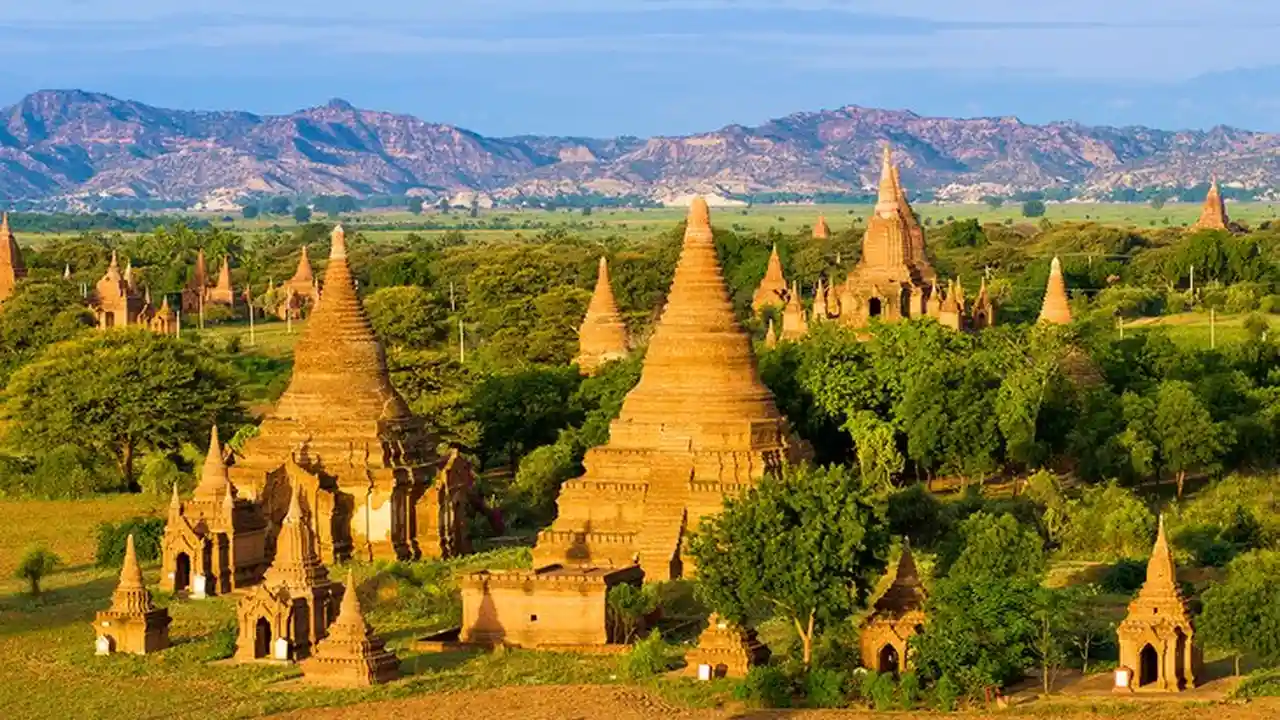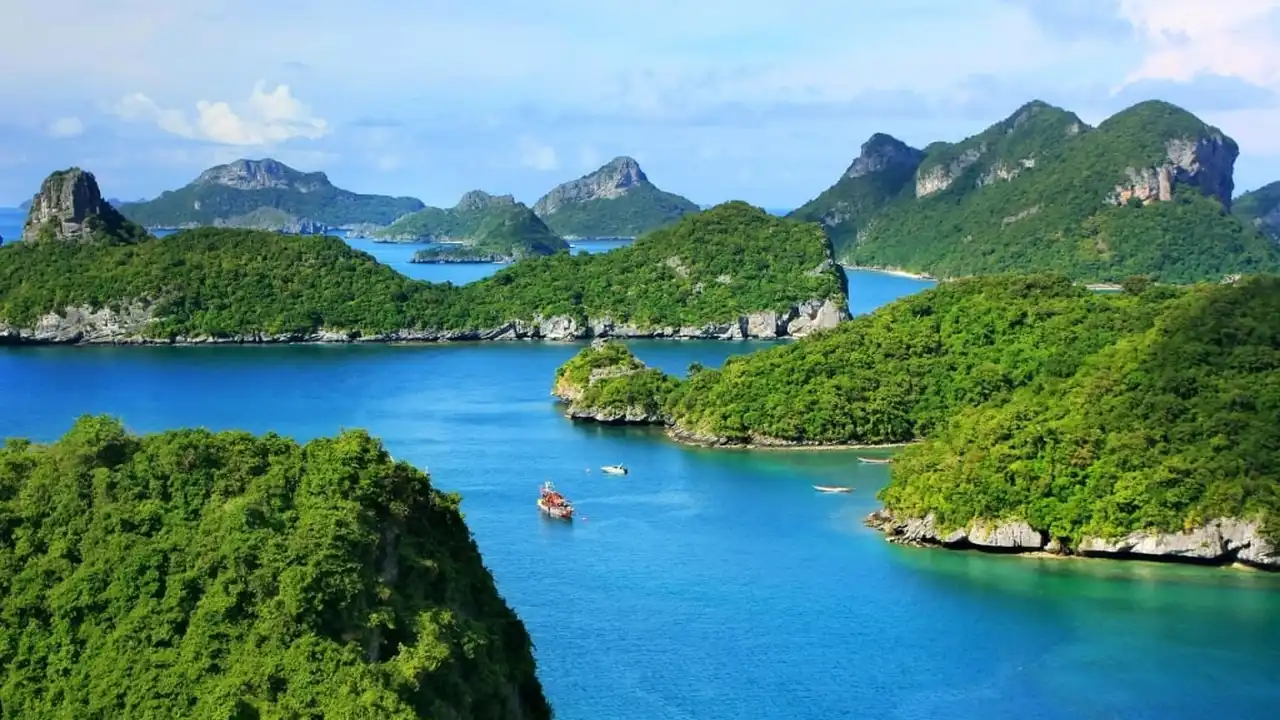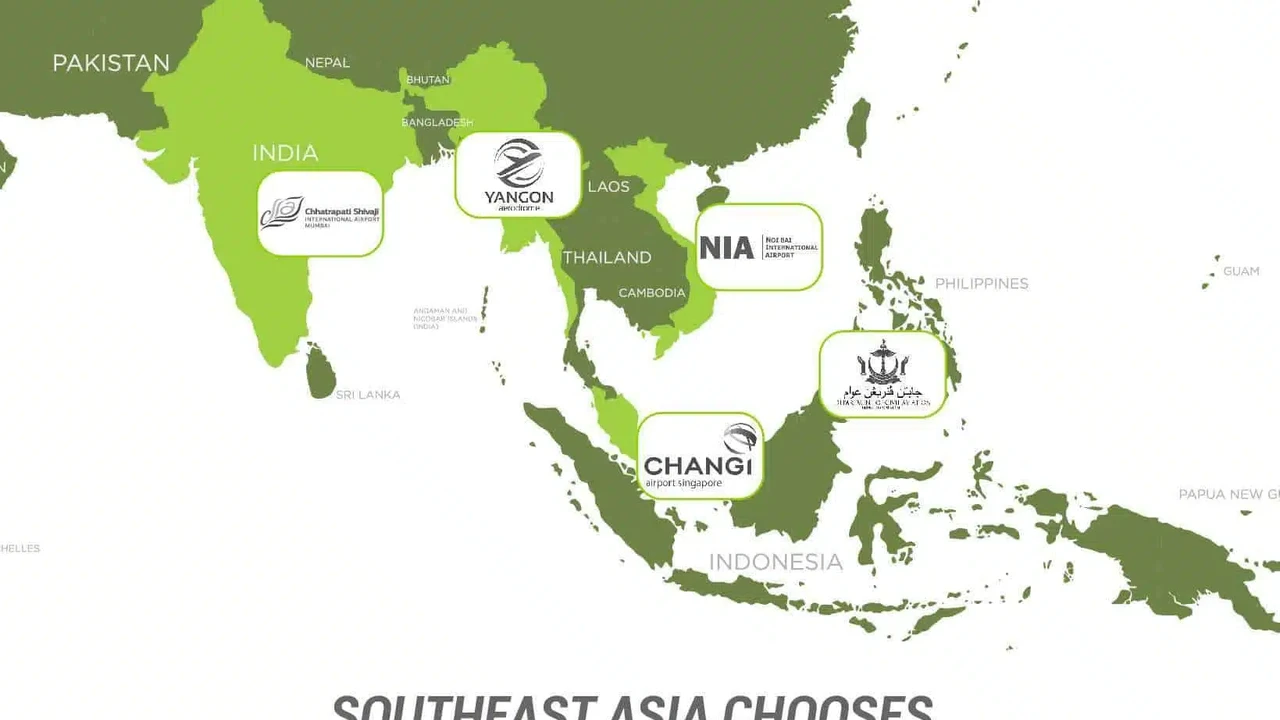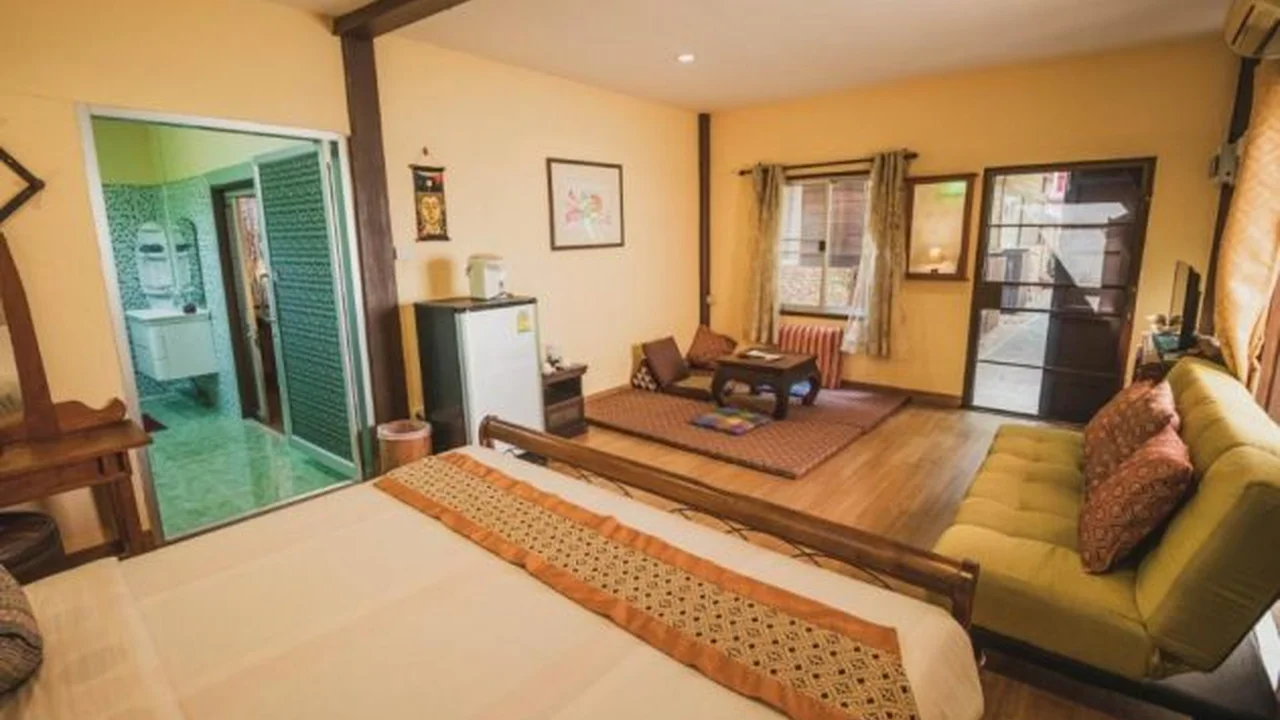Southeast Asia: Best Places to Learn About History

Unearthing Southeast Asia's Rich Past Historical Sites and Tours
So, you're itching to dive into history? Southeast Asia is calling your name! Forget dusty textbooks – we're talking temples older than your grandma, bustling cities with stories etched into every brick, and landscapes that have witnessed empires rise and fall. This region is a history buff's playground, and we're about to give you the VIP tour. We'll point you towards some must-see spots and even throw in a few product recommendations to make your historical adventure smoother than a freshly paved road.
Ancient Kingdoms Temples and Ruins Exploring Angkor Wat and Beyond
Let's kick things off with the big daddy of them all: Angkor Wat in Cambodia. Seriously, if you only see one historical site in Southeast Asia, make it this one. This massive temple complex is a testament to the power and artistry of the Khmer Empire. Wander through the intricate carvings, climb to the top of the central towers for breathtaking views, and just try not to be overwhelmed by the sheer scale of it all. But Angkor Wat is just the tip of the iceberg. Explore Angkor Thom, the ancient capital city, and discover hidden gems like the Bayon temple with its smiling faces carved into the stone.
Pro Tip: Hire a local guide. They can bring the history to life with stories and insights you won't find in any guidebook. Plus, they know the best spots to avoid the crowds. And get there early! Sunrise at Angkor Wat is a bucket-list experience, but you'll need to stake out your spot well in advance.
Colonial Heritage Architecture and Museums Discovering Georgetown and Melaka Malaysia
Malaysia offers a completely different historical vibe. Head to Georgetown and Melaka, both UNESCO World Heritage sites, and step back into the era of colonial powers. These cities are a melting pot of cultures, with Chinese shophouses, Indian temples, and European architecture all blending together in a fascinating mix. Wander through the streets, soak up the atmosphere, and sample the local cuisine – a culinary journey in itself!
The architecture tells a story of Dutch, Portuguese, and British influences. Check out the Stadthuys in Melaka, a Dutch-era building that's now a museum. In Georgetown, explore Fort Cornwallis, a British fort that played a key role in the city's history. And don't forget to visit the Clan Jetties, traditional Chinese settlements built on stilts over the water.
War History Memorials and Battlefields Reflecting on the Vietnam War and More
The Vietnam War left an indelible mark on Southeast Asia, and there are many places where you can learn about this complex and tragic conflict. In Vietnam, visit the War Remnants Museum in Ho Chi Minh City for a sobering look at the war through the eyes of the Vietnamese people. Explore the Cu Chi Tunnels, an intricate network of underground tunnels used by the Viet Cong. These tunnels offer a glimpse into the ingenuity and resilience of the Vietnamese people during the war.
Beyond Vietnam, consider visiting the Killing Fields and S-21 Prison in Cambodia, grim reminders of the Khmer Rouge regime. These sites are incredibly difficult to visit, but they are essential for understanding the history of the region. It's important to approach these sites with respect and sensitivity.
Product Recommendations for Your Historical Adventure
Okay, let's talk gear. Here are a few things that can make your historical explorations even better:
- The Osprey Daylite Backpack ($50): This lightweight backpack is perfect for carrying your essentials – water bottle, sunscreen, snacks, guidebook, etc. It's comfortable to wear all day and folds up small when you're not using it. Use Case: Everyday sightseeing, hiking around temple complexes. Comparison: The North Face Borealis is a similar option, but the Osprey Daylite is lighter and more packable.
- Lonely Planet Southeast Asia on a Shoestring ($30): While digital resources are great, a good guidebook is still invaluable. This one covers the entire region and provides detailed information on historical sites, transportation, accommodation, and more. Use Case: Planning your trip, navigating unfamiliar cities, learning about local customs. Comparison: Rick Steves Southeast Asia (if you prefer a more opinionated and personal guide).
- Portable Power Bank ($20-$50): You'll be taking tons of photos and videos, so you'll need a reliable power bank to keep your phone charged. Anker and Mophie are good brands to consider. Use Case: Charging your phone on the go, especially when you're away from power outlets. Comparison: Consider the capacity (mAh) and charging speed when comparing different power banks.
- Comfortable Walking Shoes ($80-$150): You'll be doing a lot of walking, so invest in a good pair of comfortable walking shoes. Brands like Merrell, Salomon, and Keen are known for their durability and comfort. Use Case: Exploring ancient ruins, hiking through jungles, wandering around cities. Comparison: Consider the level of support, cushioning, and breathability when choosing walking shoes.
- Travel Adapter ($10-$20): Southeast Asia uses a variety of electrical outlets, so you'll need a universal travel adapter to charge your devices. Use Case: Charging electronic devices in different countries. Comparison: Make sure the adapter supports the voltage and plug types used in the countries you're visiting.
Southeast Asian Cuisine A Historical Feast for the Senses
Don't forget to explore the history through your taste buds! Southeast Asian cuisine is a vibrant mix of flavors and influences, reflecting the region's diverse history. Sample street food in Hanoi, try traditional Khmer cuisine in Cambodia, and indulge in Malaysian curries. Food is an integral part of the culture and a great way to connect with the local people.
Pro Tip: Take a cooking class! You'll learn about the ingredients and techniques used in Southeast Asian cuisine, and you'll get to enjoy the fruits of your labor. Plus, you'll have some new recipes to impress your friends back home.
Southeast Asia's Hidden Gems Off-the-Beaten-Path Historical Sites
Want to escape the crowds and discover some hidden gems? Consider visiting the ancient city of Ayutthaya in Thailand, the former capital of the Siamese kingdom. Or explore the temples of Bagan in Myanmar, a stunning landscape dotted with thousands of ancient pagodas. These sites offer a more intimate and authentic historical experience.
The key is to do your research and be open to exploring beyond the well-trodden tourist trails. Talk to locals, ask for recommendations, and be prepared to be surprised. Southeast Asia is full of hidden treasures waiting to be discovered.
Planning Your Trip to Southeast Asia A Practical Guide
Okay, let's get practical. Planning a trip to Southeast Asia can be a bit overwhelming, but with a little preparation, you can have an amazing experience. Start by researching the different countries and deciding which ones you want to visit. Consider the time of year, the weather, and your budget. Book your flights and accommodation in advance, especially if you're traveling during peak season. And don't forget to get your vaccinations and any necessary visas.
Pro Tip: Learn a few basic phrases in the local language. Even a simple "hello" or "thank you" can go a long way in building rapport with the local people. And be prepared to haggle! Bargaining is common in many markets and shops throughout Southeast Asia.
:max_bytes(150000):strip_icc()/277019-baked-pork-chops-with-cream-of-mushroom-soup-DDMFS-beauty-4x3-BG-7505-5762b731cf30447d9cbbbbbf387beafa.jpg)






